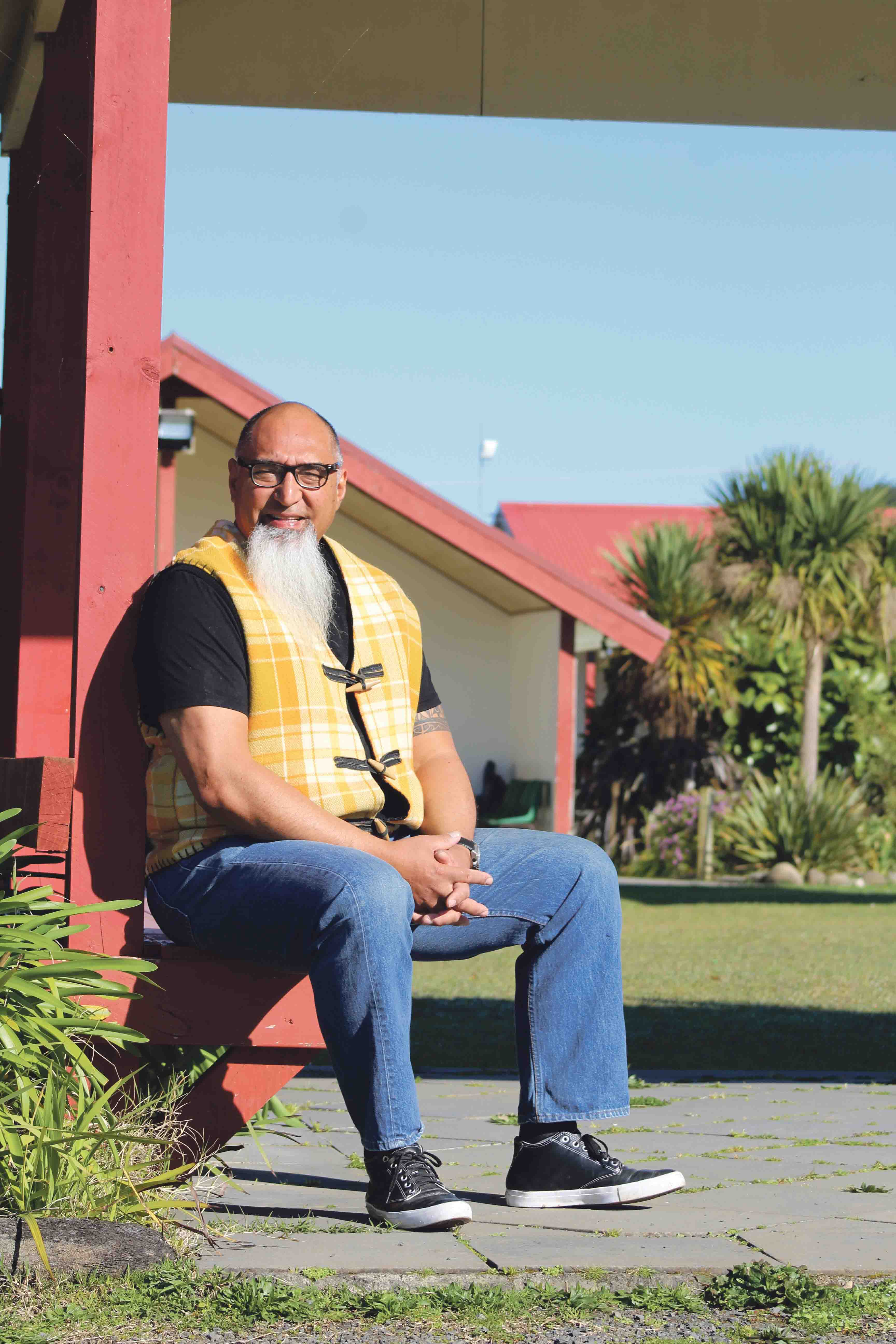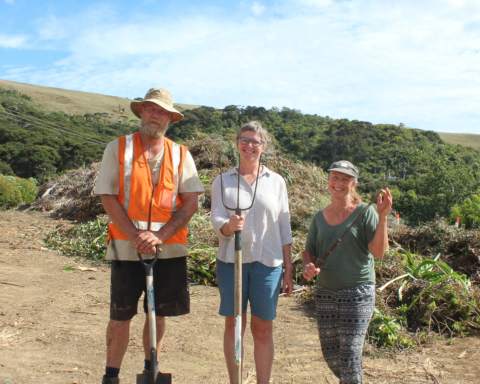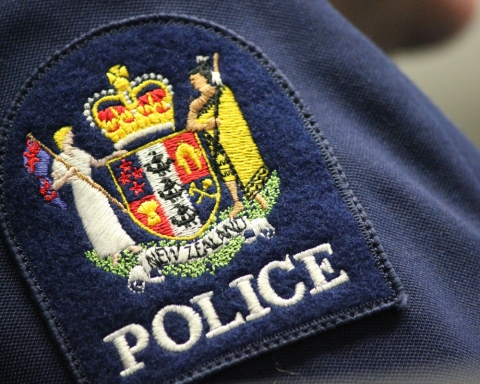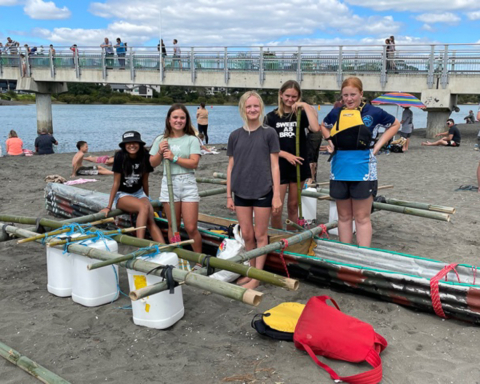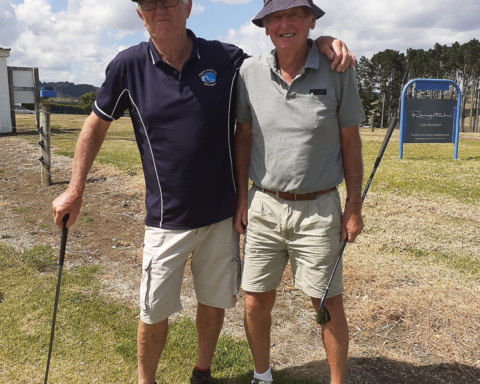New Zealand celebrates Te Wiki o te Reo Māori this week with the theme kia kaha te reo Māori (let’s make the Māori language strong).
For many in Whaingaroa, the te reo Māori journey starts at the Māori language immersion programme led by kaiako Neria Mataira at Poihakena Marae.
Hata Puriri is part Māori, Samoan, German, English and French, there’s a definite American twang to his accent and for the past three years he has been strengthening his te reo Māori at the marae.
It’s been a journey for self-discovery for the 54-year-old, who was born in New Zealand but spent most of his life in the United States when his Mormon parents relocated the family to California in 1973 when Hata was eight.
“At first, learning te reo was a way I could connect with my ancestors. I was hunting down my whakapapa,” he says.
Through his father, Hata’s tribal links are to Ngāti Kahungunu in the Hawkes Bay, and having lived away from Aotearoa for so long he had lost touch with his Māori roots.
To his surprise, he discovered a connection to the place he now calls home through his ancestor Mahinarangi from the Hawkes Bay and Turongo from Kawhia, whose love affair has special meaning to Tainui people.
“My cousins were always saying ‘why are you there (Whaingaroa), you’re meant to be in Wairoa’,” he laughs.
Of course, the surf is better here, he says, but the discovery gave greater meaning to his move to Raglan.
Hata likes the technique (Te Ataarangi) used at the classes and says it suits his visual style of learning. “The rakau method is great. I’m not academically strong but I have a good memory for images. They (the tutors) create a really a nice space to learn in.”
Developed in the late 1970s by Neria’s mother Dame Kāterina Te Heikōkō Mataira and Ngoingoi Pewhairangi, Te Ataarangi uses coloured Cuisenaire rods as a learning tool.
Learning te reo is also a way for Hata to take advantage of opportunities not afforded his own father, who grew up in a time when the language was actively suppressed.
Like many of Hata’s father’s generation, to kōrero pākehā (speak English) was seen as essential for Māori to assimilate to the pākehā way of life.
The language is still considered in crisis with only around 150,000 people (3.7 percent of the total New Zealand population) conversational in Māori and of those 84.5 percent identified as Māori.
The classes offered at Poihakena Marae run Monday nights, 6.30-8pm and offer the fundamental basics of learning te reo, while students who take the day classes (twice a week, from 9.30am to 2.30pm, Mondays and Tuesdays) are fast-tracked in their language acquisition.
Neria says intermediate and beginners learn together and the levels working side by side is the embodiment of the Māori tuakana/teina philosophy (older person helping younger person). Classes are total immersion and the focus is on speaking with no writing or reading in te reo.
Classes will begin again in February 2019 when the school year starts and beginners are welcome to join at this stage.
Email Neria at tutekupu@gmail.com or text 021 208 3196 for more information or to enrol.
Janine Jackson
